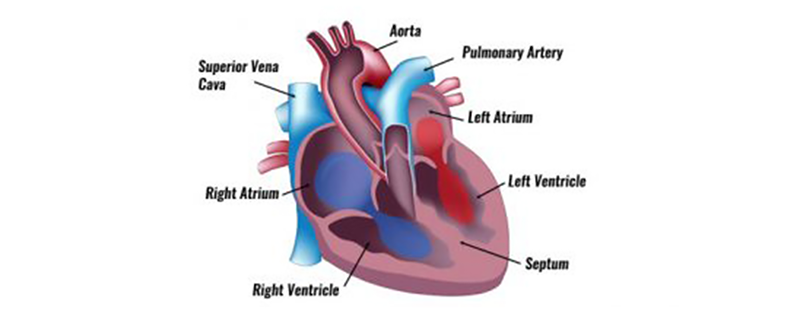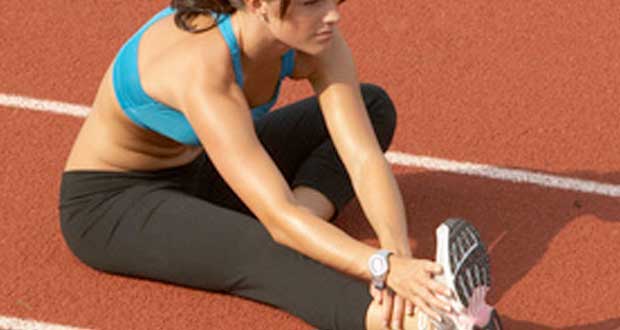Here we focus on serves and returning a serve including topspin serve, slice serve, flat serve and thrust launch serve.
Return of Serve
Make sure the player is not standing too far from the spin side as this will make it difficult for them to return the ball after it spins low and further away from them.
Against a right-handed server, this would be too far from the tramlines on the deuce courtside and too far from the centerline on the advantage side of the court.
How: It is important to have a strong, wide, base and a low position with the knees bent. The weight can then be used towards the shot so that the return is not only a short action, but, also has a longer follow through in order to keep the length on the shot.
Points to remember: The important thing to remember about the Return Of Serve particularly when your opponent is using the flat serve is to have a shorter swing because you haven’t got the time to have a big swing. It is more of a blocking action.
Top Spin Serve
This shot can be used to clear the net at height then curve left in the air and at the bounce. The serve technique also means that it can be hit quite hard.
How: The racket face needs to be going from the left-hand side to the right and from below the ball to the back of the shot. This creates the topspin.
Points to remember: The left arm should be high, pointing up to the ball which means that the whole body can reach upon contact.
Slice Serve
This is a less powerful serve, but in theory, it should give players more accuracy and spin than the flat serve. The ball stays low and spins away to the left from the opponent.
Right-handed:
Left-handed:
How: The slice serve starts off in the same way as the flat serve, until the ball is tossed into the air. The toss is out in front and more to the right of the body than the flat serve. If a clock face was being held in front of a player, the ball should be tossed at about 2 o’clock, or 10 o’clock for a left-handed player.
Also with this serve the player does not make contact directly behind the ball but more to the top right of the ball to add the spin.
Try to make contact with the ball at the highest point and then follow through.
Points to remember: Feet shoulder-width apart and parallel, and at a 45-degree angle to the baseline.
Returning the Serve: Make sure the player is not standing too far from the spin side as this will make it difficult for them to return the ball after it spins low and further away from them. Against a right-handed server this would be too far from the tramlines on the deuce courtside and too far from the centerline on the advantage side of the court.
Flat Serve
This is the standard serve, and where all other types of serve originate from. It is the serve that all beginners would learn and develop from.
Right-handed:
Left-handed:
However, when executed correctly it can the only fatal blow needed to win a point, either through being non-returnable or resulting in a return that can be finished off with the next shot.
How: For right-handed players: Start by standing just behind the baseline with both feet at a 45-degree angle to the line, and shoulder-width apart. The racket should be held using the eastern grip. Both hands start relaxed around the level of the waist, with the left hand holding the ball with the palm facing up.
The next stage is to lower both arms together, taking the racket back, and making sure the weight is on the back foot. The racket must continue going back whilst the left arm is extended to throw the ball. The ball is released at the highest point with fingers pointing up to the sky, but only when the backswing reaches the end.
The racket then starts the forward motion and should connect with the ball as the player’s weight shifts forward, and the shoulders, and hips rotate to gain power.
The racket head should end up going down to the left across the body on the follow-through.
Points to remember: Snap the wrist on contact to gain even more power.
Thrust, Launch, Serve
This is basically the same as the flat serve except more power is generated by keeping the feet together when jumping to reach the ball. The body weight still has to be shifted forward as the ball is tossed but the back leg also comes forward to meet the front leg for the jump.
How: Follow the stages of the flat serve in terms of body positioning on the setup. The ball may need to be tossed slightly higher as bringing the back foot through so it is next to the front foot produces much greater power from the lower body. This means the player will probably jump higher, and they want to make contact with the ball at the top of the toss. This will give the serve more chance of clearing the net. Players should aim to land on the lead foot, complete the follow through and be ready for the return if it comes.
Points to Remember: The toss is even more important on this serve where different footwork is used, so it should be practiced as much, if not more, than the serve itself.
Because of the extra footwork used in this serve the body is constantly moving, this makes it vitally important that the toss is thrown in the same place each time, so the body learns where it has to be to connect with the ball properly.



